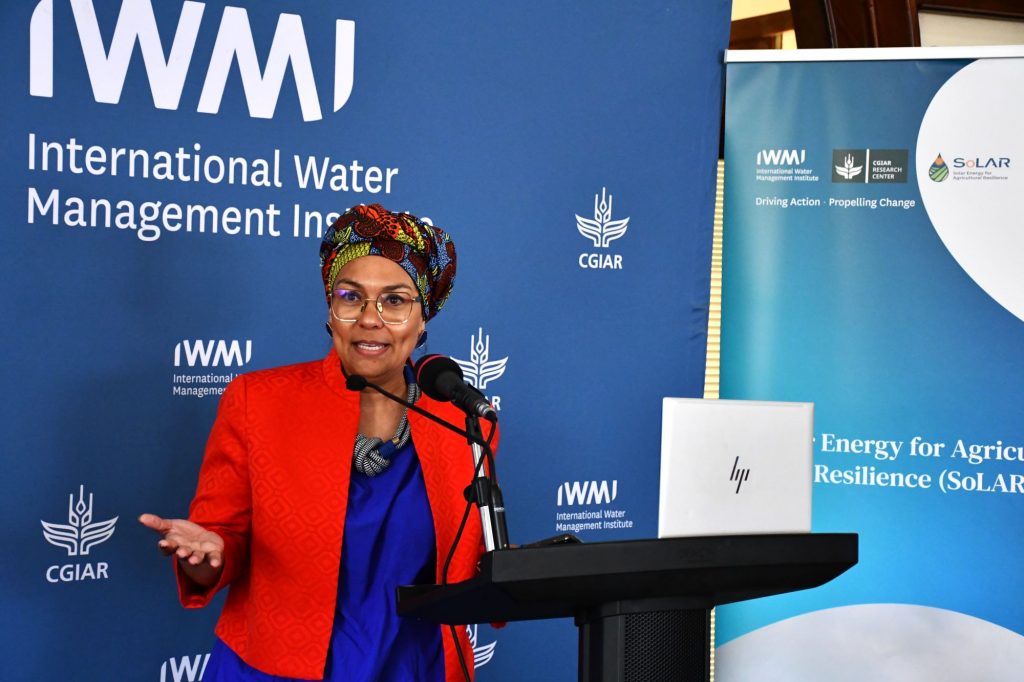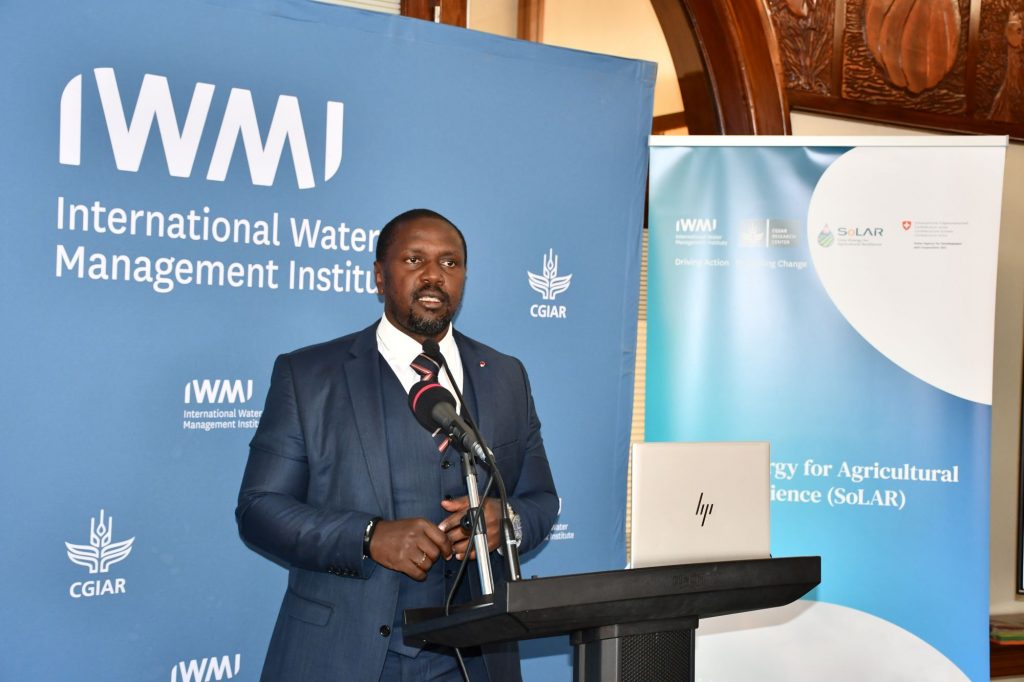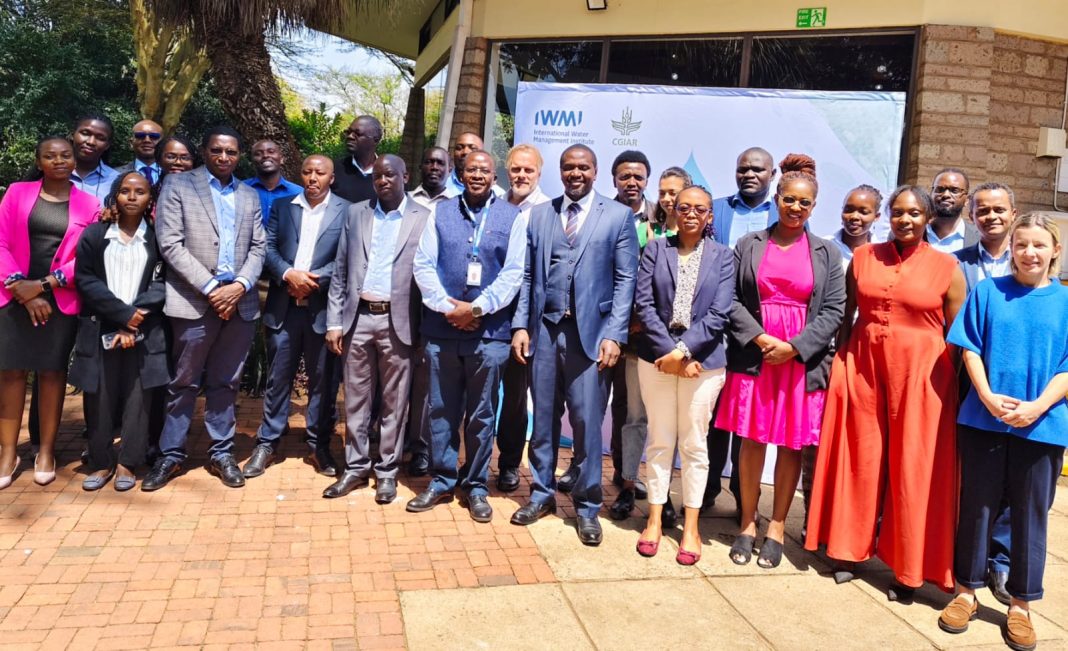By Milliam Murigi
For years, Kenyan farmers have looked to the skies for rain, but climate change has brought longer dry spells and unpredictable weather.
However, as rainfall becomes increasingly unreliable, a new project has been launched, shifting the focus from rain-fed farming to solar-powered solutions, allowing farmers to adapt and thrive in the face of a changing climate.
Dubbed Solar Energy for Agricultural Resilience (SoLAR) Phase II, the initiative aims to harness the transformative power of solar technologies across agriculture and food systems, enabling smallholder farmers, women, youth, and marginalized groups to cope with climate extremes.

“Unlike conventional projects focused mainly on irrigation, this project will promote productive uses of renewable energy such as solar-powered cold storage, dryers, milling and agro-processing that will help farmers cut costs, reduce losses and create new income opportunities,” said Inga Jacobs-Mata, Director of Water, Growth and Inclusion, International Water Management Institute (IWMI), the project implementers.
Speaking during the launch event, Inga said that through its activities, the project aims to generate actionable evidence, such as tools, frameworks, and solar suitability maps, to guide decision-making by governments, implementers, and investors.
The project also seeks to unlock finance through inclusive solutions and innovative mechanisms like a Solar4Africa fund, while building capacity and knowledge via training programmes and south–south collaboration with a strong focus on women farmers.
In addition, the project will validate and scale business models through on-the-ground “living labs,” where agroecological innovations are co-designed, tested, and adopted by stakeholders across different landscapes.
“Solar energy has the potential to transform food systems, making them more sustainable, inclusive and climate-resilient. Through this project, we will work hand-in-hand with governments, private sector actors and communities to create the enabling environment that will allow these technologies to thrive at scale,” she added.

Eng. Vincent Kabuti, Irrigation Secretary, Ministry of Water, Sanitation and Irrigation, noted that Kenya has an irrigation potential of 3.3 million acres, yet only about 710,000 acres are currently under irrigation. He emphasized that while strong political will and a vibrant private sector exist to support the National Irrigation Sector Investment Plan (NISIP) target of irrigating one million acres by 2030, coordinated action is still needed to close policy gaps, expand financing options, and raise awareness among farmers.
“In Kenya, we have water in almost every part of the country, except for about 11 per cent of the land where a sustainable supply is lacking. By adopting solar solutions, we can provide reliable access to water for communities engaged in agriculture, whether in crop production, livestock, or even aquaculture,” he said.
According to him, solar solutions, particularly for irrigation, have greatly strengthened community resilience against climate change. By enabling farmers to pump and apply water when the rains end prematurely, solar technology helps prevent crop losses. It has also given many communities the opportunity to utilize water locally, reducing the need for costly large-scale transport or conveyance infrastructure.
SoLAR Phase II builds on five years of success in South Asia, covering India, Bangladesh, Nepal, and Pakistan, where solar technologies have already boosted resilience in farming communities. Now, with Kenya and Ethiopia as new frontiers, the project aims to demonstrate how renewable energy can secure Africa’s food systems in a warming world.






